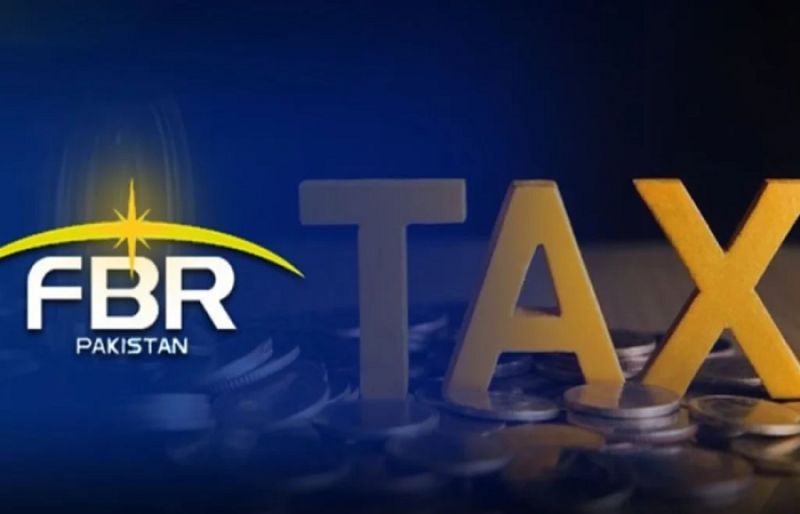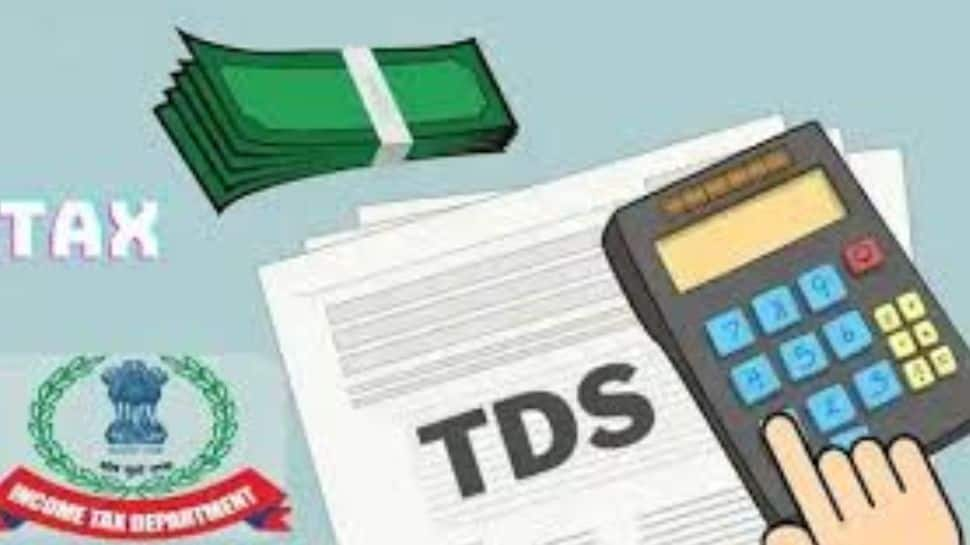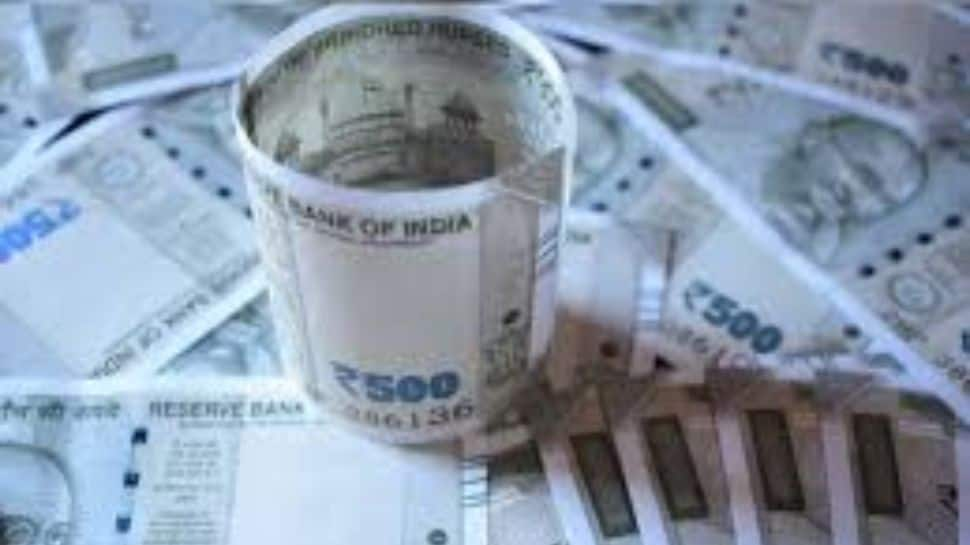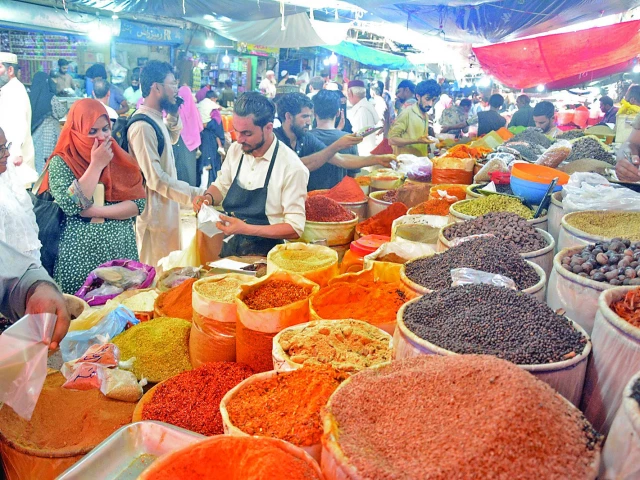Business
Festive Booster: Centre Releases Tax Devolution Of Rs 1,01,603 Cr To State Govts
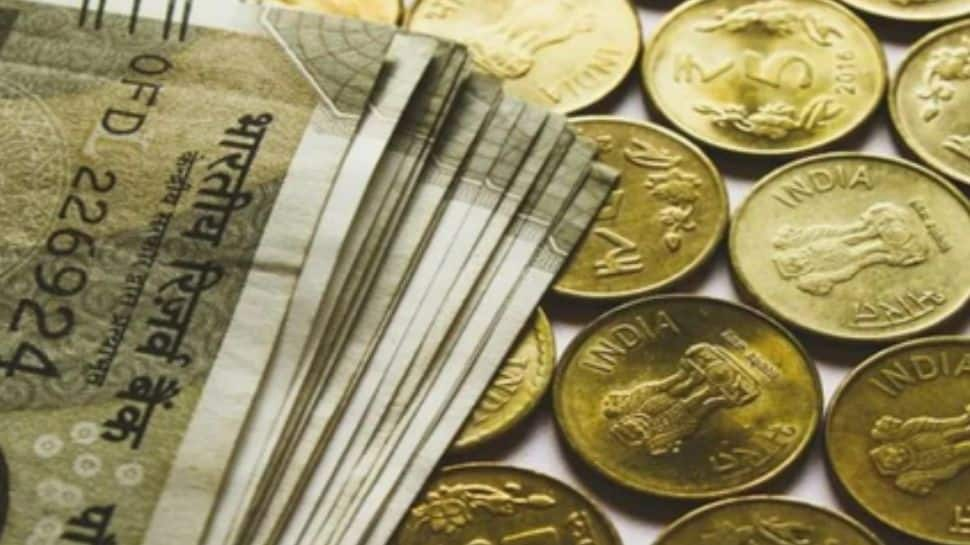
New Delhi: Amid the ongoing festive season, the Union government has released an additional tax devolution of Rs 1,01,603 crore to state governments, the Finance Ministry said on Wednesday. This is an additional amount to the normal monthly devolution, which is scheduled to be released on October 10.
According to the ministry, the decision was taken in view festive season to enable states to accelerate capital spending and finance their development and welfare-related expenditure. Uttar Pradesh, the nation’s most populous state, got the highest–Rs 18,227 crore, followed by Bihar (Rs 10,219 crore), Madhya Pradesh (Rs 7,976 crore), West Bengal (Rs 7,644 crore), Maharashtra (Rs 6,418 crore), and Rajasthan (Rs 6,123 crore).
Andhra Pradesh (Rs 4,112 crore), Odisha (Rs 4,601 crore), Tamil Nadu (Rs 4,144 crore), Karnataka (Rs 3,705 crore), and Jharkhand (Rs 3,360 crore) also received significant additional tax devolution. Earlier, the Finance Ministry said that the Centre had transferred Rs 4,28,544 crore to state governments as devolution of share of taxes during April-July, which is Rs 61,914 crore higher than the previous year.
Meanwhile, the Central government had received Rs 10,95,209 crore during the period, which comprises 31.3 per cent of the corresponding budget estimates (BE) for 2025-26. Of this, a sum of Rs 6,61,812 crore constitutes net tax revenue to the Centre, Rs 4,03,608 crore was non-tax revenue, and Rs 29,789 crore was part of non-debt capital receipts.
Total Expenditure incurred by the union government during the time frame was Rs 15,63,625 crore, which constitutes 30.9 per cent of the corresponding BE 2025-26. Out of this total amount, Rs 12,16,699 crore was on the revenue account and Rs 3,46,926 crore is on the capital account, which is spent on large infrastructure projects.
Interest payments made up Rs 4,46,690 crore of the total revenue expenditure, while major subsidies account for Rs 1,13,592 crore.
Business
Aviation upgrade: Aviation Minister K Rammohan Naidu says ATC systems under review; Delhi glitch probe to guide tech overhaul – The Times of India

Authorities are examining ways to strengthen air traffic control (ATC) systems after the technical snag at Delhi airport earlier this month disrupted operations and delayed more than 800 flights. Civil Aviation Minister K Rammohan Naidu said the incident has prompted a wider review of processes and technology at India’s busiest airport.Speaking on the sidelines of a conference on Tuesday, the minister noted that the investigation into the failure of the Automatic Message Switching System (AMSS), which supports ATC’s flight planning function, is still under way. “It will be known after a thorough investigation,” he said when asked if a cyber attack had been ruled out. He added that a detailed assessment has been initiated to identify the exact root cause.Naidu said the focus is now on enhancing the backbone of air navigation systems. “So, we are looking at how we have to improve our systems, meet the standards… (how to bring) future technologies into the ATC… we have asked them to let us know on what should be the way forward in terms of (whether they want) more upgraded technologies,” he said, according to PTI.The communication, navigation and surveillance (CNS) functions that support Air Navigation Services (ANS) and Air Traffic Management (ATM) are handled by the Airports Authority of India (AAI). Following the disruption on November 7, the minister had directed officials to conduct a root-cause analysis and put backup servers in place to reinforce operations.In a statement issued on November 8, the civil aviation ministry said the system had been restored by the afternoon owing to “the coordinated efforts of ECIL engineers, ATC personnel, and the ministry’s proactive monitoring”. It added that no flights were cancelled that day due to the issue.The Indira Gandhi International Airport (IGIA), which has four runways and manages over 1,500 daily flight movements, continues to operate normally as the probe into the November 7 disruption progresses.
Business
Budget 2026: Market Leaders Urge Govt To Reduce STT; What’s This, How Does It Impact Investors?

Last Updated:
Budget 2026: Market participants urge Finance Minister Nirmala Sitharaman to reduce the securities transaction tax (STT), especially on cash market transactions.
The Securities Transaction Tax (STT) is a tax levied on the purchase and sale of securities on recognised stock exchanges. (Photo Credit: Freepik)
Finance Minister Nirmala Sitharaman on Tuesday chaired the fourth pre-Budget consultation with the stakeholders from the capital markets to discuss the next Union Budget 2026-27. According to CNBC-TV18 citing sources, market participants urged the government to reduce the securities transaction tax (STT), especially on cash market transactions.
The industry also pushed for reforms in the buyback taxation, calling for the levy to apply only on the profit component of a buyback instead of the entire amount, according to the report. Steps to boost retail participation in the equities markets were also discussed, along with a proposal to raise retail ownership from the current 5% to 8% over time.
Union Minister for Finance & Corporate Affairs Smt. @nsitharaman chairs the fourth Pre-Budget Consultation with the stakeholders from the capital markets in connection with the forthcoming Union Budget 2026-27, in New Delhi, today.The meeting was also attended by Union… pic.twitter.com/RT5LmWZMrI
— Ministry of Finance (@FinMinIndia) November 18, 2025
What’s STT, And How Does It Impact Investors?
The Securities Transaction Tax (STT) is a tax levied on the purchase and sale of securities on recognised stock exchanges. Introduced in 2004, it applies to equity shares, derivatives, equity-oriented mutual fund units, and ETFs. The tax is collected upfront by the exchange and passed on to the government, making compliance automatic and eliminating the need for separate filing.
Current STT Rates, How STT Works
The rate of STT differs depending on the type of transaction:
- For equity delivery trades, STT is charged on both buy and sell sides.
- For intraday and derivatives, it is typically levied only on the sell side.
- Options attract STT on premium, while futures attract it on the contract value.
Because the tax is charged on every trade, the impact compounds for frequent traders and high-volume participants such as proprietary desks, HNIs, and institutions.
As of now, STT on cash-market delivery trades is 0.1 per cent on both the buy and sell side, which is Rs 100 per Rs 1 lakh of trade value when you buy, and another Rs 100 per Rs 1 lakh when you sell. Intraday equity trades attract STT of 0.025 per cent (Rs 25 per Rs 1 lakh) on the sell leg only. In the derivatives segment, the tax is 0.02 per cent on the sale value of equity futures (Rs 20 per Rs 1 lakh) and 0.1 per cent of the option premium on the sale of equity options; if an option is exercised, a separate STT is levied on the intrinsic value at settlement.
How Can Lower STT Benefit Investors?
STT directly raises the cost of trading. Even a small reduction benefits:
- Retail traders, by increasing net return on intraday and F&O trades.
- Derivatives markets, where margins are already tight and volumes are high.
- Liquidity, as lower trading costs can encourage participation.
In the run-up to Budget 2026, this has become a key demand from market leaders looking to keep transaction costs competitive.

Haris is Deputy News Editor (Business) at news18.com. He writes on various issues related to personal finance, markets, economy and companies. Having over a decade of experience in financial journalism, Haris h…Read More
Haris is Deputy News Editor (Business) at news18.com. He writes on various issues related to personal finance, markets, economy and companies. Having over a decade of experience in financial journalism, Haris h… Read More
November 18, 2025, 17:54 IST
Read More
Business
Home Depot cuts earnings outlook as home improvement demand falls short of expectations

Home Depot on Tuesday cut its full-year profit forecast and missed Wall Street’s earnings expectations for the third straight quarter as it saw weaker home improvement demand, tepid consumer spending and lower than usual storm activity.
The retailer said it now expects full-year sales will climb about 3% and comparable sales, which take out the impact of one-time factors like store openings and calendar differences, to be slightly positive. That compares to its previous expectations for full-year sales to grow by 2.8% and comparable sales to increase by 1%.
The revised outlook includes an estimated $2 billion in incremental revenue from GMS, a building-products distributor that Home Depot acquired earlier this year. The company’s sales were not part of its previous full-year guidance.
Home Depot expects full-year adjusted earnings per share to decline by about 5% from the year-ago period, compared to its prior expectations that they would fall by about 2%
In a CNBC interview, Chief Financial Officer Richard McPhail said the retailer previously expected home improvement activity would increase. It also anticipated higher sales of roofing materials, generators and other supplies that typically sell before and after seasonal storms.
Neither dynamic materialized, he said, putting pressure on the business.
“When we set guidance, we had anticipated that demand would begin to accelerate gradually in the back half of the year as interest rates and mortgage rates eased,” he said. “But what we saw was that ongoing consumer uncertainty and continued pressure in housing are disproportionately impacting home improvement demand.”
Here’s what Home Depot reported for the fiscal third quarter compared with Wall Street’s estimates, according to a survey of analysts by LSEG:
- Earnings per share: $3.74 adjusted vs. $3.84 expected
- Revenue: $41.35 billion vs. $41.11 billion expected
Home Depot’s stock dropped about 2% in premarket trading Tuesday. As of Monday’s close, the company’s shares are down about 8% so far this year. That trails the S&P 500’s 13% gains during the same period.
For Home Depot, housing turnover typically sparks larger and more lucrative projects as customers fix up their homes before or after moving. Those big projects, however, have dropped in frequency as higher interest rates have led to steeper mortgage rates and borrowing costs for loans, which a homeowner may use to pay for a kitchen remodel or major addition.
Since roughly the middle of 2023, McPhail has told CNBC that homeowners have been in a “deferral mindset.” That’s led to a bit of a waiting game for Home Depot, as it awaits either lower mortgage rates or a shift by consumers who get used to higher mortgage rates as the new normal.
In the most recent three-month period, that waiting game continued. McPhail told CNBC that demand was “stable” from the fiscal second quarter to the third quarter when adjusting for the lack of hurricanes.
But, he added, “at this point, it’s hard to identify near-term catalysts that would lead to acceleration.”
Home Depot’s net income for the three-month period that ended Nov. 2 dropped to $3.60 billion, or $3.62 per share, from $3.65 billion, or $3.67 per share, in the year-ago quarter. Revenue decreased from $40.22 billion in the year-ago quarter.
Average ticket, the typical amount spent by customers at the store or on the company’s website, rose 1.8% year over year in the quarter. However, customer transactions fell 1.6% year over year.
A bright spot in the quarter was online sales, which rose by 11% year over year, McPhail said.
Compared to other big-box retailers, Home Depot’s customers tend to be more financially stable. About 90% of its do-it-yourself customers own their homes and the home professionals who shop at the retailer tend to get hired by homeowners.
Even so, McPhail said Home Depot’s weaker outlook came in part because shoppers across income groups are reluctant to take on high-dollar projects. He said a slower housing market and the higher cost of borrowing has contributed to the trend.
He said other factors may also be having a chilling effect, including the prolonged government shutdown, an uptick in corporate layoff announcements and a decline in home values in some markets.
As do-it-yourself customers postpone bigger projects, the company has tried to attract more business from contractors, roofers and other professionals.
The company has made two key purchases of pro-related companies. Last year, it bought Texas-based SRS Distribution for $18.25 billion — the largest acquisition in its history. The company sells supplies to professionals in the landscaping, pool and roofing businesses. Earlier this year, Home Depot announced it was buying GMS.
Like other retailers, Home Depot has felt the pinch of higher costs on some imported items because of tariffs. McPhail said in May that the company was diversifying the countries where it sourced its goods and intended to “generally maintain our current pricing levels across our portfolio.”
However, company leaders warned in August that it may have to hike prices in some categories because of higher tariffs.
McPhail told CNBC that Home Depot has increased some items’ prices, but said “where there were price actions, they were modest.”
He said Home Depot has kept prices the same for some key items or even been able to reduce them. For example, he said, its best-selling seven-and-a-half foot Grand Duchess Christmas tree and many of its strings of lights for trees have dropped in price.
-

 Tech1 week ago
Tech1 week agoFrom waste to asset: Turning ethanol production CO₂ into jet fuel
-

 Tech3 days ago
Tech3 days agoNew carbon capture method uses water and pressure to remove CO₂ from emissions at half current costs
-

 Politics4 days ago
Politics4 days agoBritish-Pakistani honoured for transforming UK halal meat industry
-

 Sports3 days ago
Sports3 days agoTexas A&M officer scolds South Carolina wide receiver after touchdown; department speaks out
-

 Business3 days ago
Business3 days agoThese 9 Common Money Mistakes Are Eating Your Income
-

 Tech1 week ago
Tech1 week agoSecurity flaws in portable genetic sequencers risk leaking private DNA data
-

 Fashion5 days ago
Fashion5 days agoAdidas & Patrick Mahomes expand NIL programme with Texas Tech athletes
-

 Business4 days ago
Business4 days agoWhat’s behind Rachel Reeves’s hokey cokey on income tax rises?


